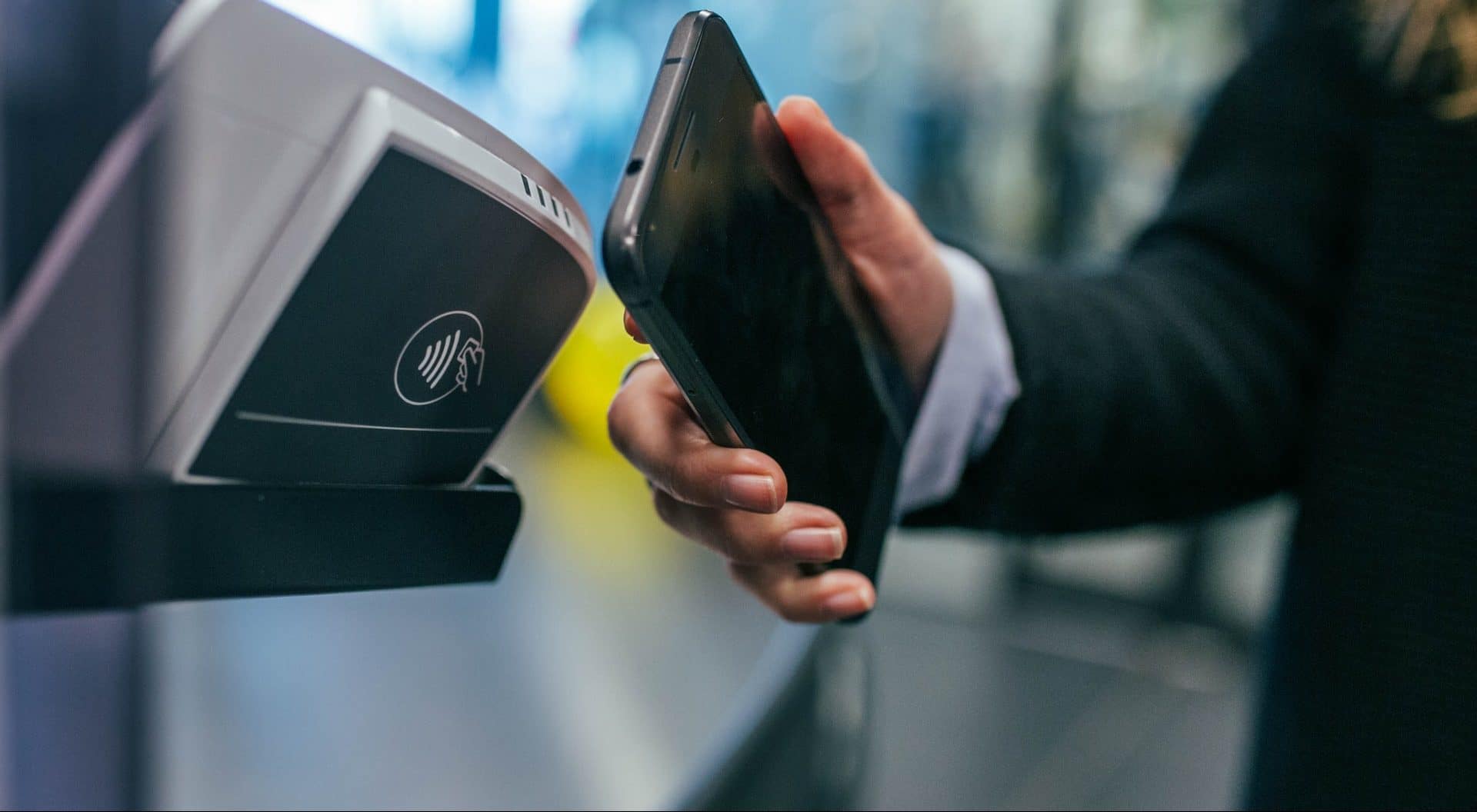COVID-19's Role in Widespread Adoption of Contactless Payments
People from all walks of life are adapting to a so called “new normal” and retailers are running hard to find the sweet spot of a new customer experience that blends customer expectations, employee safety, and governmental compliance into one graceful event. One piece of this puzzle is a big — and timely — one: contactless payments. The essence of a contactless shopping experience is being defined by nearly every retailer and the iterations to be created across the industry will ultimately converge at a shared definition for the concept, that, who knows, may become the foundation for future consumer protection legislation. That is, could contactless payments become mandatory if COVID-19 persists?
As many bemoan the burden of recasting operational routines as the result of coronavirus, the smart folks have identified the opportunity to cobble together long deferred technology innovations and leapfrog competition. Success in transforming the retail purchase experience will be found through an attitude of wanting to truly serve customers better rather than just seeking to check the box to comply with governmental mandates.
The true winners of long-term customer loyalty will be those that act on the current opportunity, become familiar with contactless technology options for experience transformation, and test solutions until they create the new store environment that matches best to their customer expectations. The contactless experience will have a foundation in common elements — but will be manifested differently by restaurants, grocers, pharmacies, service providers, boutiques, and department stores.
But where do you start in defining what the new retail customer experience will look like? Searching several sources, we found Verizon has a solid example to use as inspiration for your own planning to retool the in-store experience.
Verizon's New Touchless Retail Customer Experience
Verizon breaks down the essence of a touchless retail experience into three categories and we’ve added some flavor to each of the three areas that follow:
Preparing for the visit: accessing the store
- Using online resources and appointment setting apps to set customer expectations for their visit and to make the time spent in the store as efficient as possible
- Communicating clearly online and in apps about store hours, safety standards, and informing about anything that could be accomplished online without even entering the store
Engaging the visit: what happens on site
- Position physical cues set inside the store to help customers and employees maintain social distancing guidelines. Signage on windows, on the floor, or even video information to help people feel safe and avoid “awkward moments” between staff and other customers
- Careful reduction of in-store inventory and a shift from physical demos to more virtual orientations to products available for purchase
- Sanitizing stations positioned to accommodate customers at key traffic areas
- Physical partitions at the points of discussion and purchase
- Reconfiguration of seating areas, waiting rooms, and refreshment offerings
Creating a digital umbrella: enhancing the physical visit
- Mobile check in through proprietary apps
- Being able to complete transactions using a customer’s device, avoiding signature pads and kiosks if possible.
- Enabling touchless cash payments through technology upgrades and working with card acquirers to enable contactless and mobile payments
- Facilitating bill payments through apps and online resources
One thing we know today: Emerging from the virus induced quarantine, [most] people are putting as much distance as possible between themselves and the sellers they are interacting with in the physical world.
New Research Suggests Majority of Consumers Now Prefer Contactless Payment Options
According to research from the Shekel Group, 87 percent of shoppers say they would now prefer to shop in stores with contactless payment options. “We’re facing difficult times and consumers are taking every precaution to protect themselves and their families,” says Shekel CEO Yedidia Yossef, a company specializing in innovative product weighing technology for retail. “It’s imperative that consumers have the ability to checkout using unattended shopping for their health and safety, as well as the health and safety of tireless grocery workers.”
The most intriguing aspect of the touchless retail experience is how completing the actual purchase will change. The payments industry has been creating solutions over the past decade that have been largely motivated by a desire to provide more speed and convenience to consumers, but also to respond to the need to reduce the level of fraudulent payment transactions worldwide.
Now, we’re seeing that health concerns may be driving payment preferences among consumers. MasterCard recently surveyed 1,000 Americans and found 51 percent tapped a card or phone at the point of sale during March and April 2020. A near majority of these responders cited COVID-19 as their motivation to try contactless for the first time.
Could we be nearing a tipping point in adoption for contactless payments? Stay tuned as we continue our survey of the future retail purchase experience.


